By Julia M. Brennan
We always look forward to the annual fall studio visit of the Smith College Museum Studies students, and this year was a dynamic group!
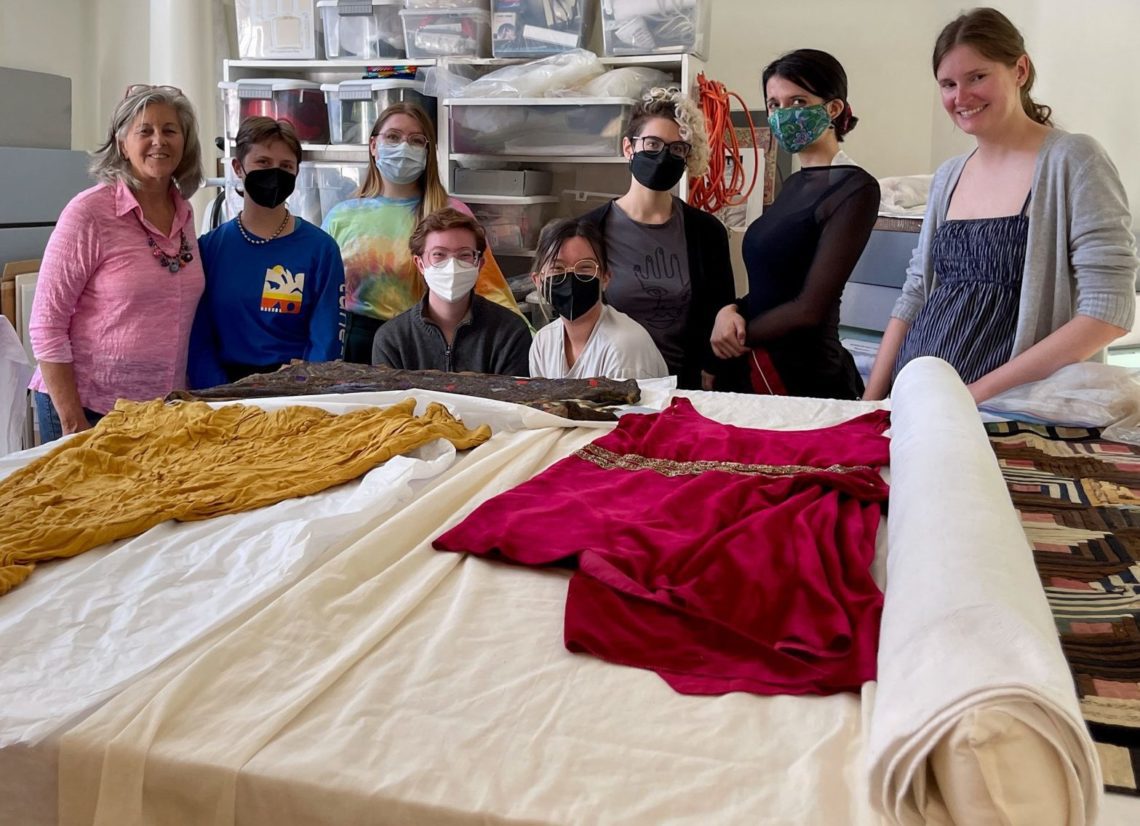
Our hope is to inspire the next generation by sharing our conservation hand work and enthusiasm for cultural heritage.
—caring for textiles, october 2022
Every fall, a group of Smith undergraduate students spend a semester in Washington DC doing internships at various departments of the Smithsonian Institution. Broad interests and diverse areas of study were reflected through their curiosity, keen observations and provocative questions. Discussions touched on repatriation, re-defining and interpreting American history through material culture, people vs object based conservation, analysis of fabrics and clothing structure, the surge of protest textiles, the ethics of public wearing items of historic clothing…for example the recent Met Museum Gala, how textiles as a second skin carry intimate stories…and more.
Their focus is primarily American history, and it just so happened that the textiles we laid out to discuss were all “American stories.”
The National Negro Opera Company, founded by Mary Cardwell Dawson, drew us into discussions about costume, the efforts to fundraise and preserve the Mystery Mansion home of the opera in Pittsburgh, and the need for rural preservation projects—a dedicated community conservation corps—across America.
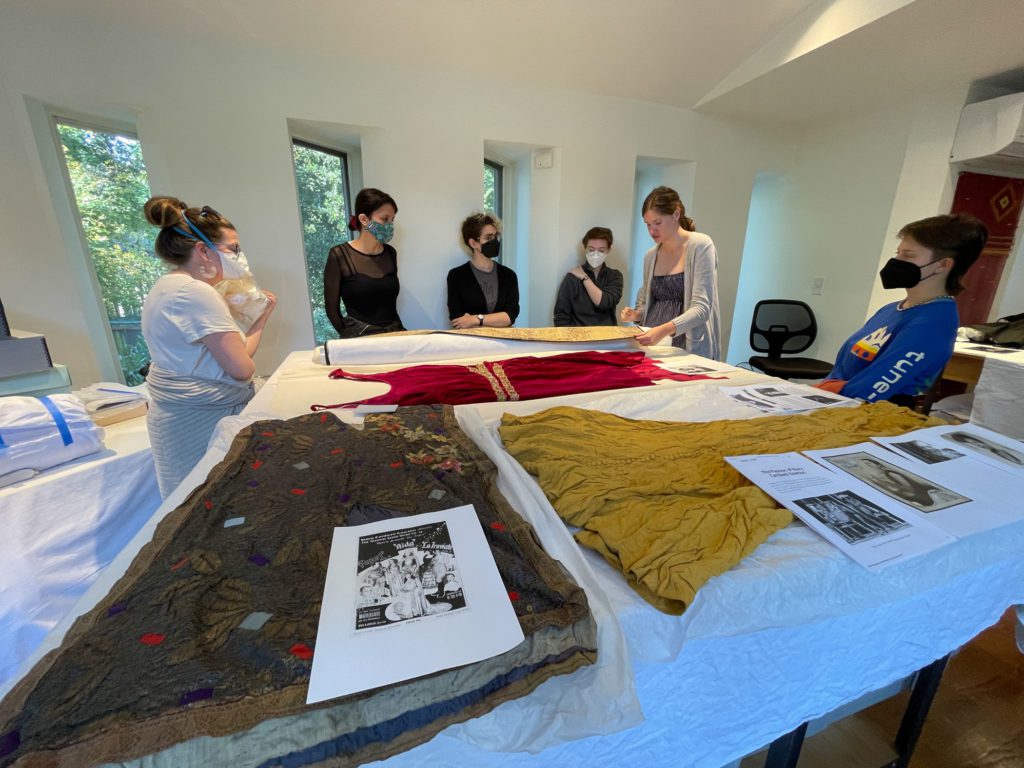
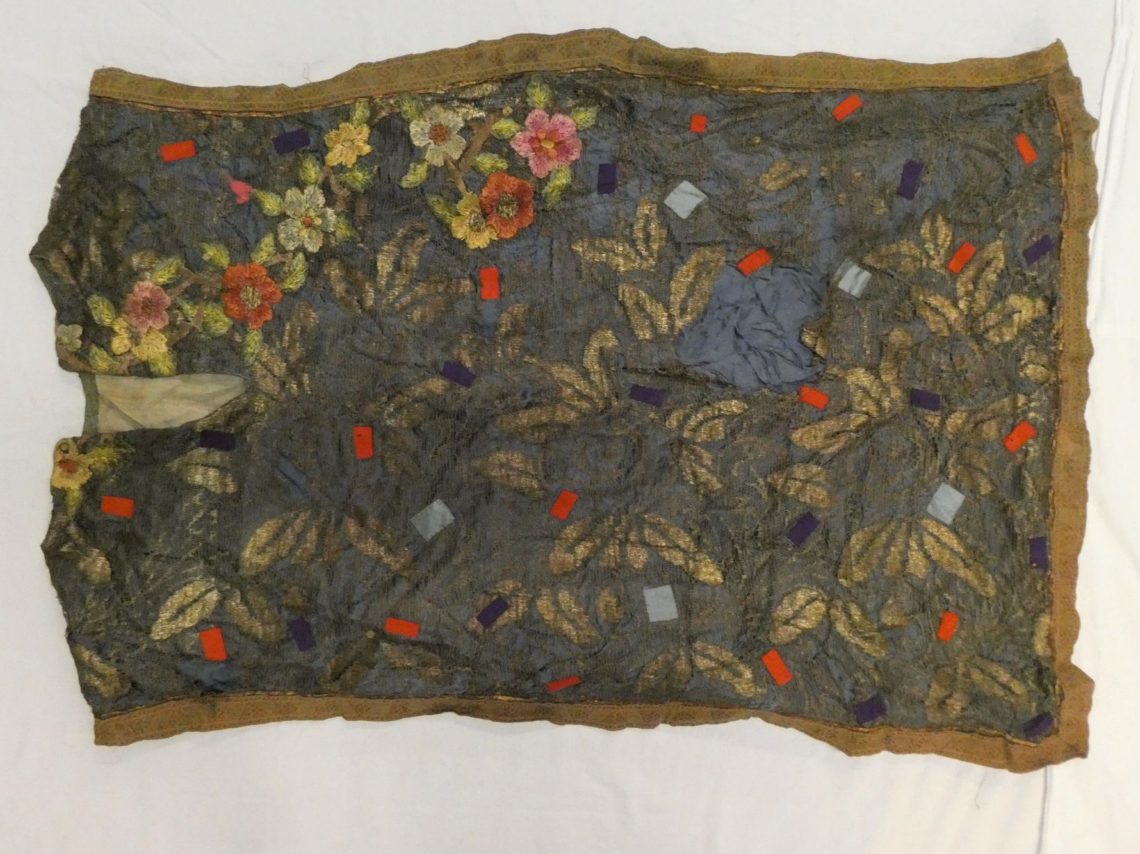
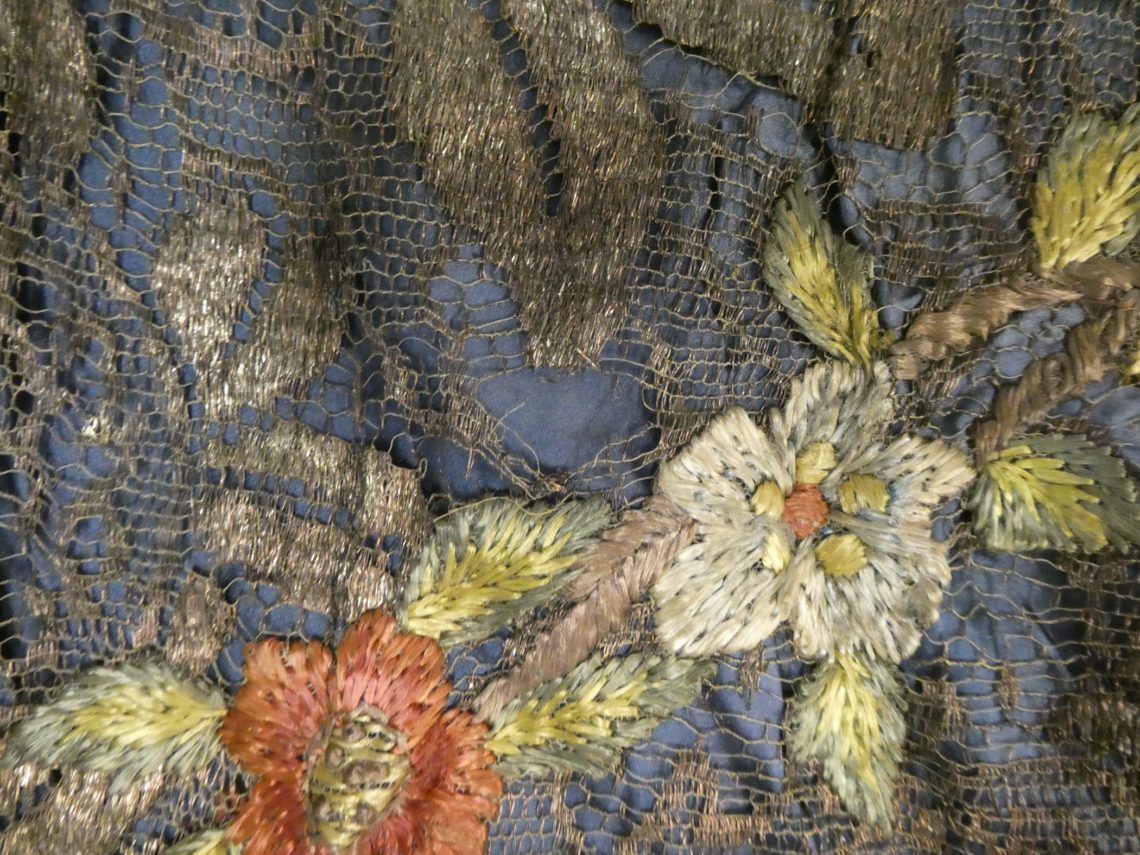
Marjorie Merriweather Post’s flapper era claret-colored velvet party dress (below) introduced the group to the Post legacy including the invention of the Postum drink and Grape Nuts, the Hillwood Estate and Museum’s Russian and French decorative arts and Faberge collections, and of course her famous home ‘Mar a Lago’.
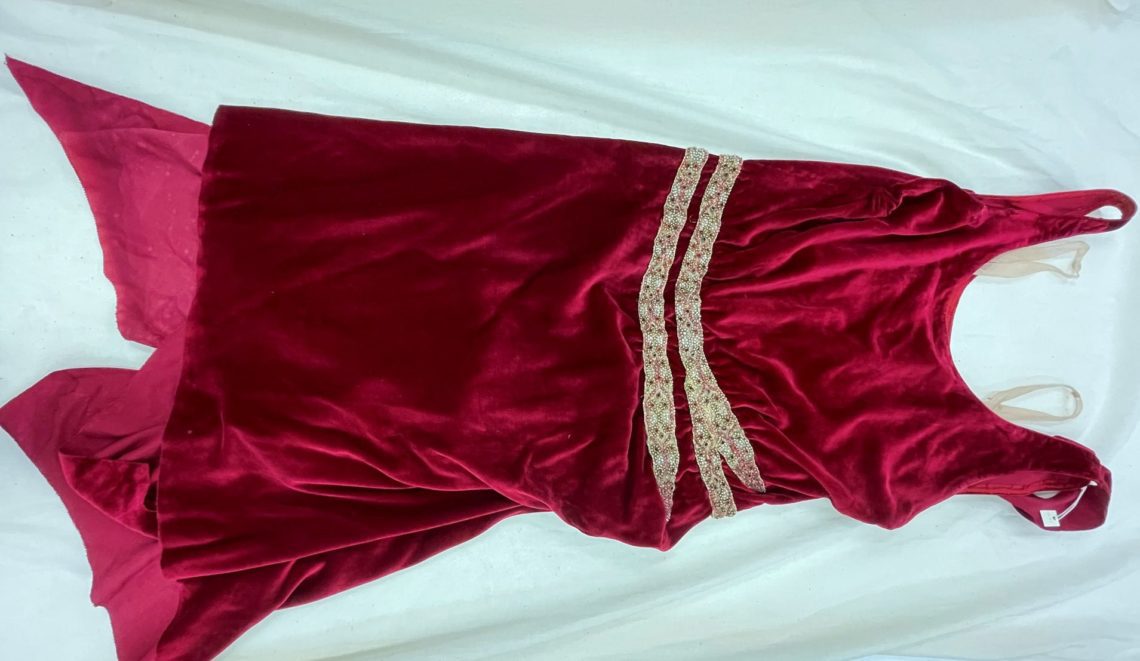
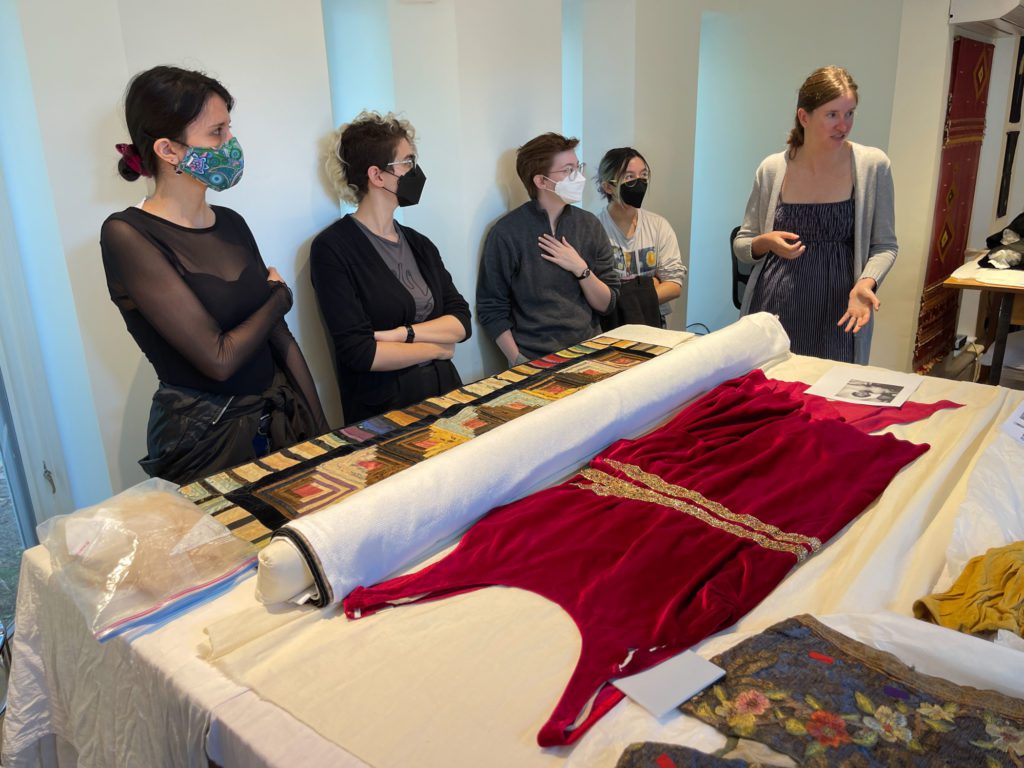
General John Hartwell Cocke’s (1780–1866) wool military jacket (below), shiny gold bouillon epaulettes and beaver bicorne – worn during the War of 1812 and pictured in the famous 1859 portrait of him painted by Edward Troye. The Smith visitors wanted to probe what aspects of this man’s life are we learning about and does some of his history affect/shape our conservation work? Can or should conservation be “neutral?” A farmer, slave owner, amateur architect, author, friend of Thomas Jefferson, military officer, leader of the Temperance movement, ‘reformer’ and purportedly anti-slavery but a chief organizer of the rather unpopular colonization project to repatriate formerly enslaved people to Liberia…all of these complex personal story lines and American history embedded in his 200 year old uniform…
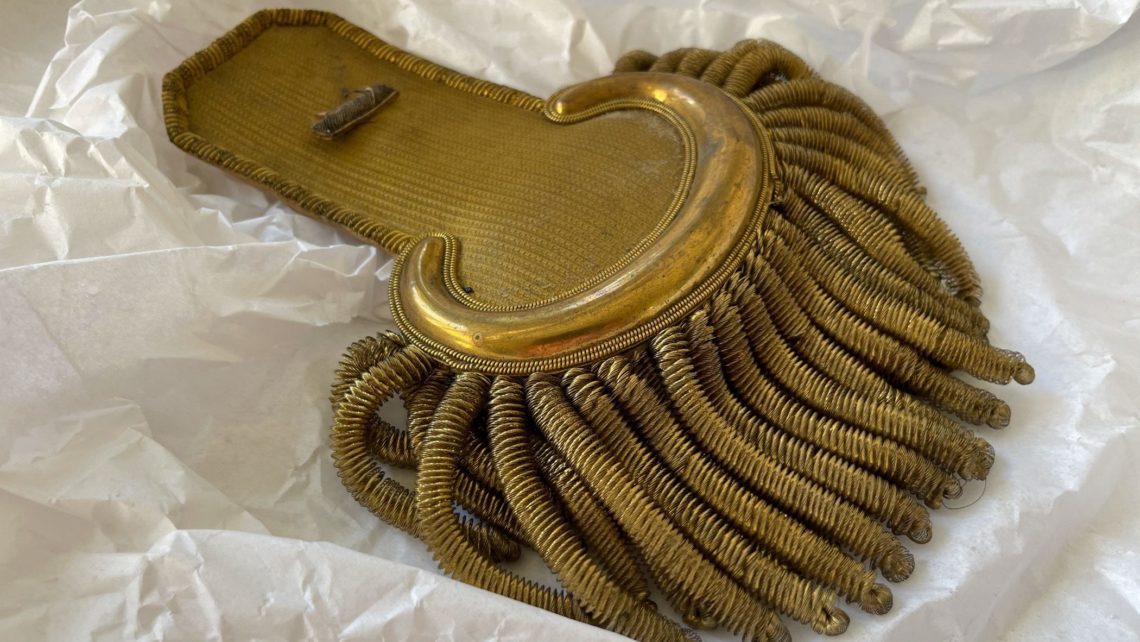
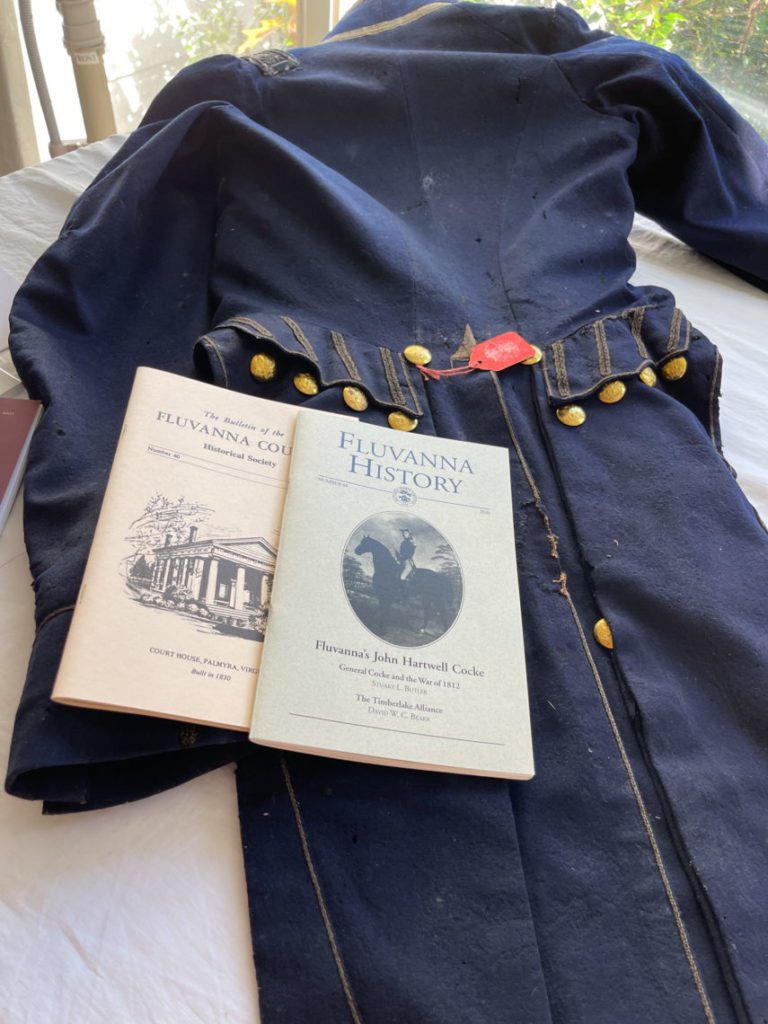
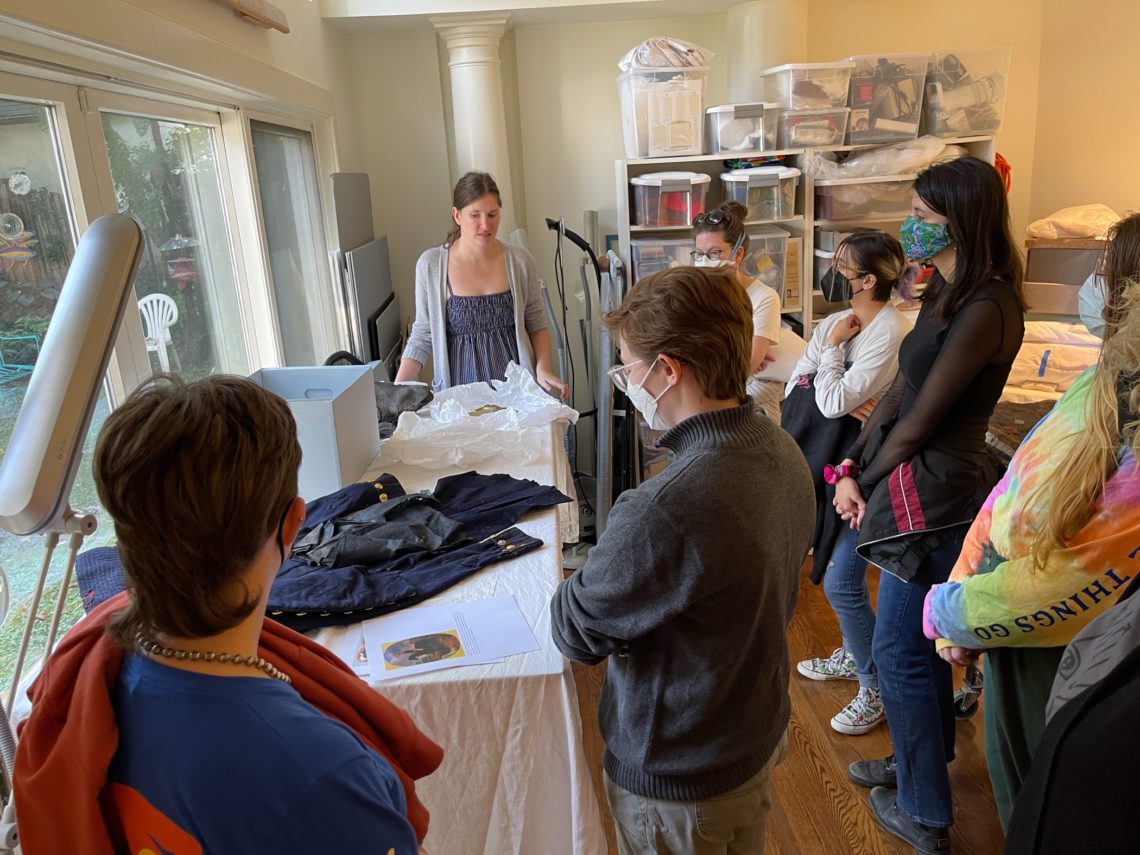
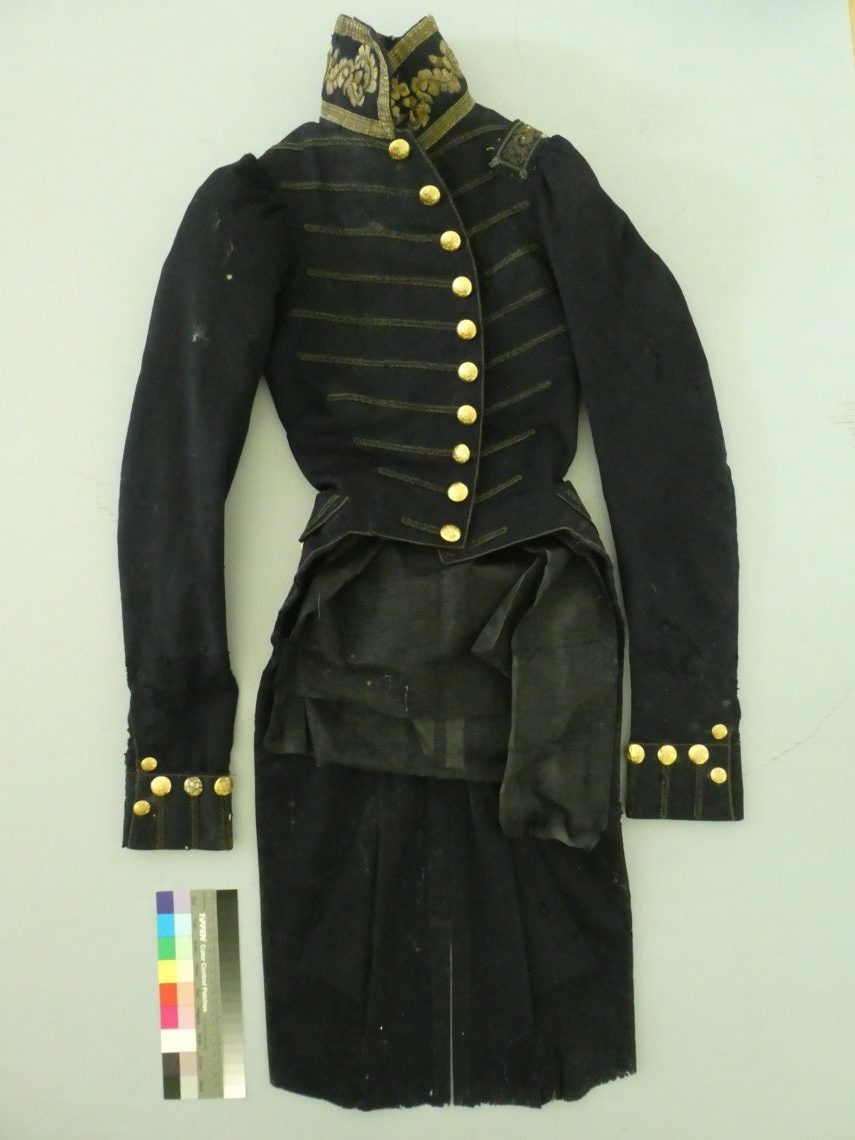
Contemporaneous with Cocke’s uniform is a magnificent shadow log cabin pattern crazy quilt (below) executed in tiny ¾” strips of silk and velvet, is a mastery of light, shade, and technical stitching. Hard to imagine the 1850’s woman who labored on this exquisite show quilt. How was it stitched, the cloth obtained, or used in the household? What conservation principles guide the methods for stabilization and then framing?
A tender little 1803 American sampler embroidery stimulated conversations about authorship, and the rarity of ‘signed’ textile artworks, how young women were ‘schooled’ this detailed craft.
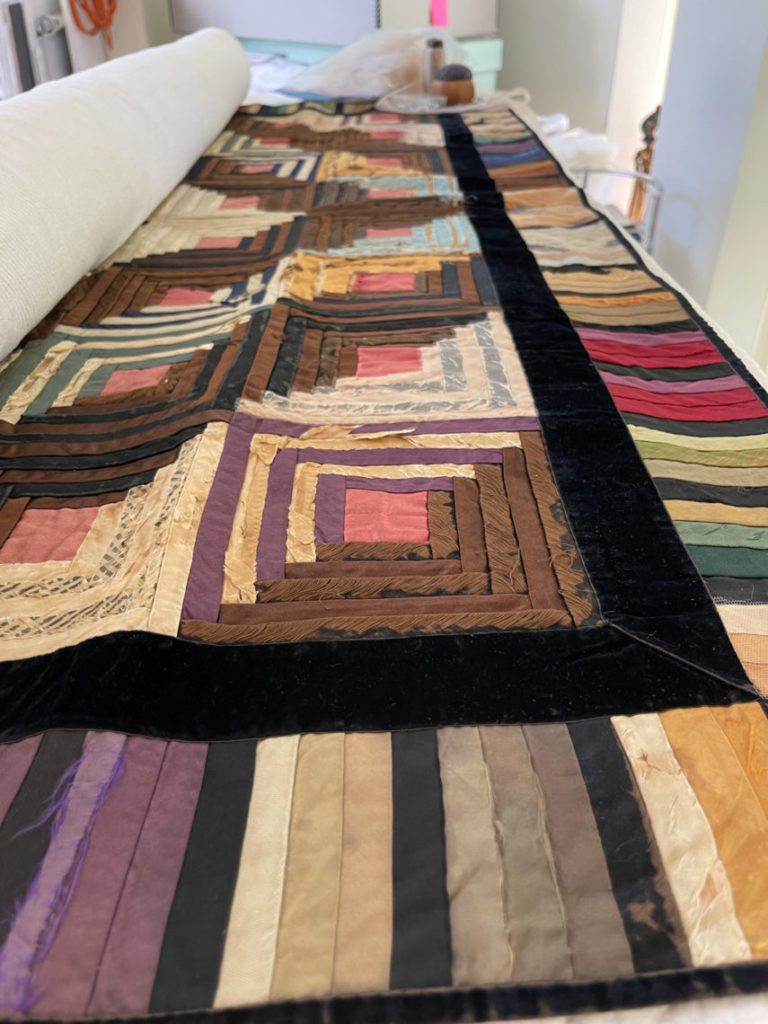
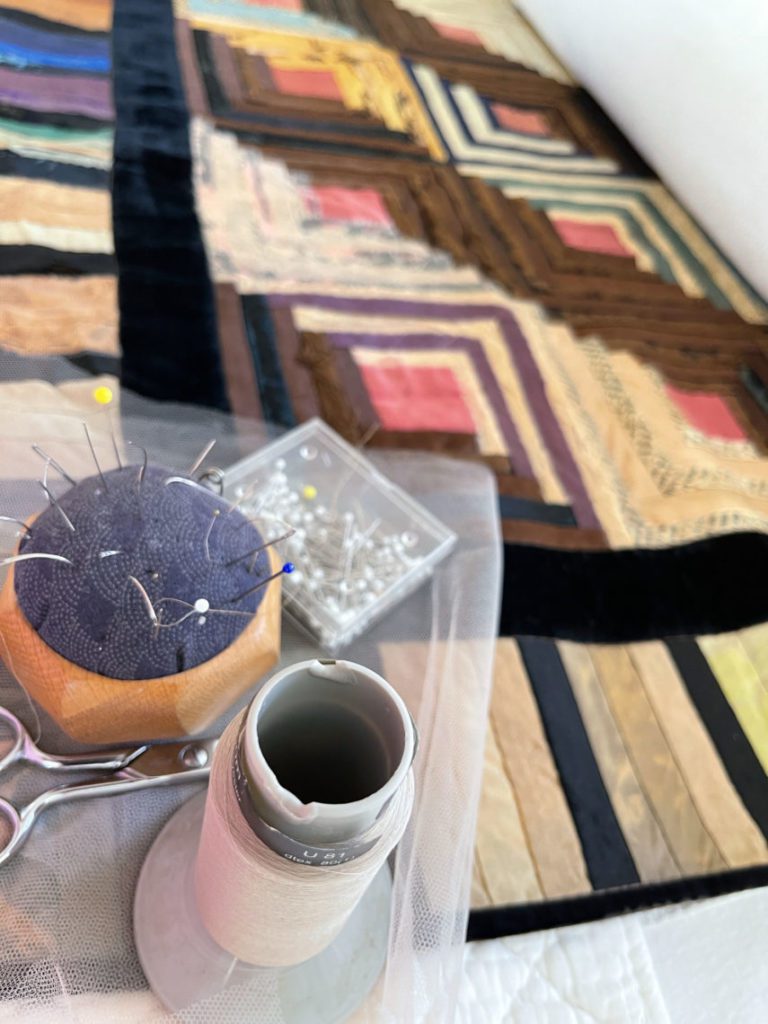
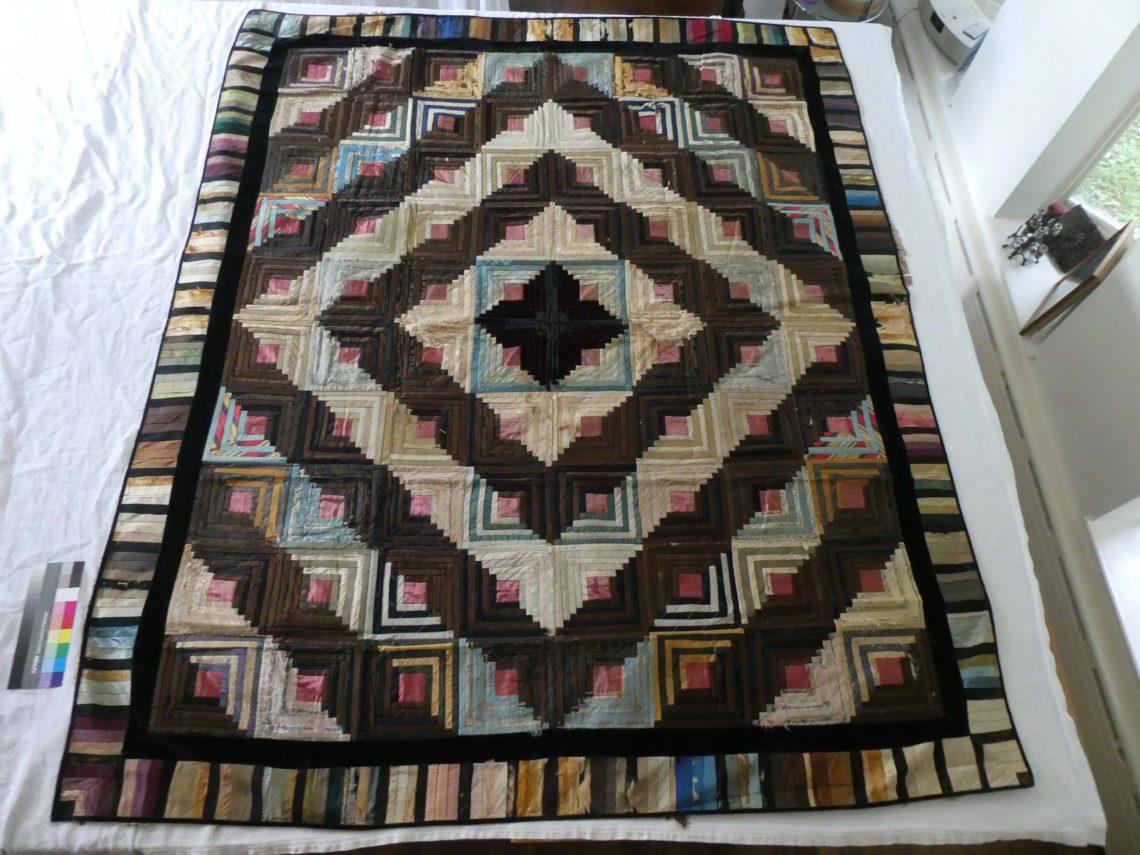
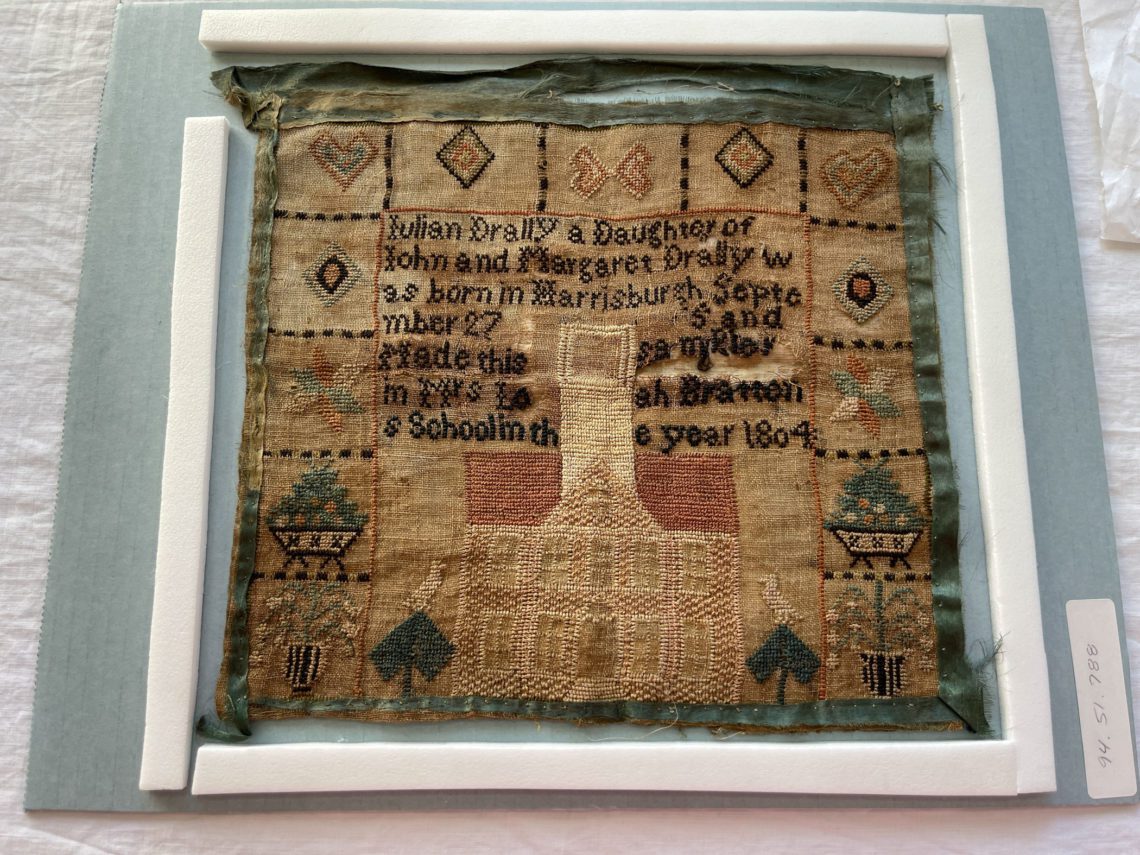
The right to privacy laws, Roe v Wade, women’s health, social movements in the US today unraveled through the examination of Supreme Court Justice Brandeis’s black silk gown (below). Perceived not just as a somber dark robe, the influence of this man’s decisions was palpable in his garment and among our visitors.
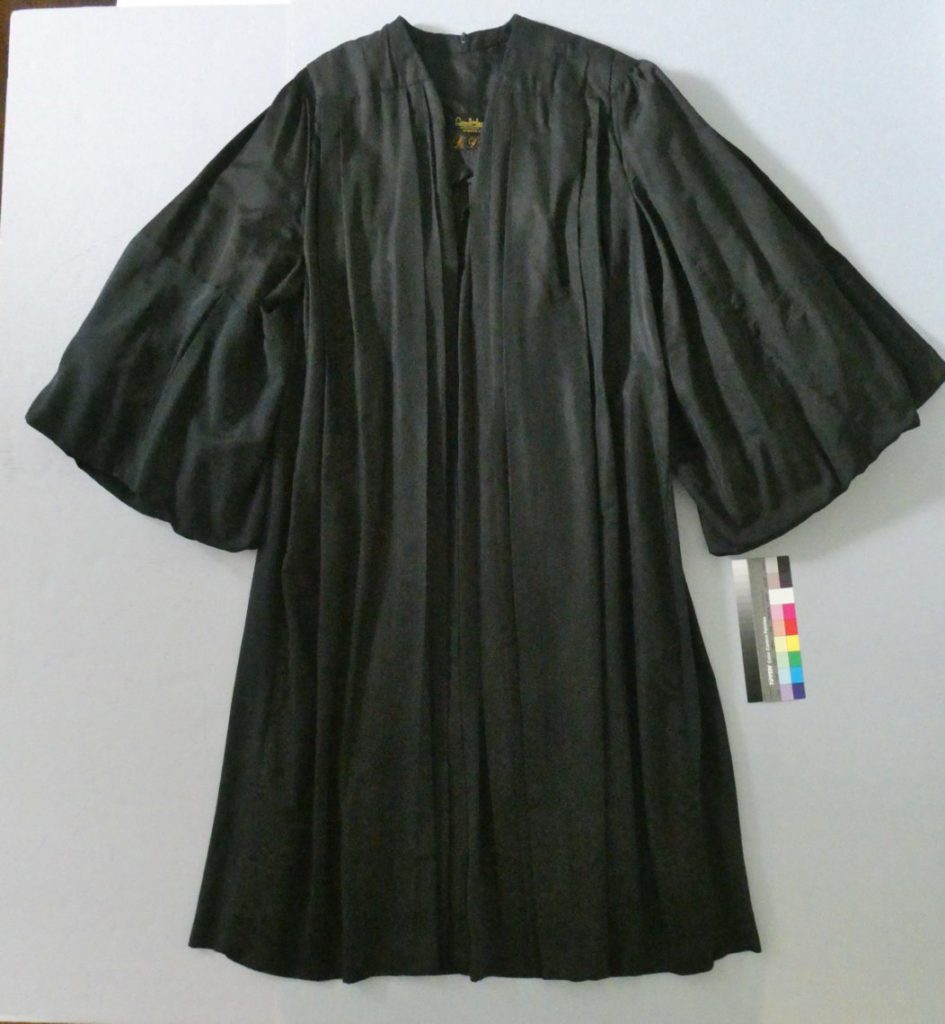
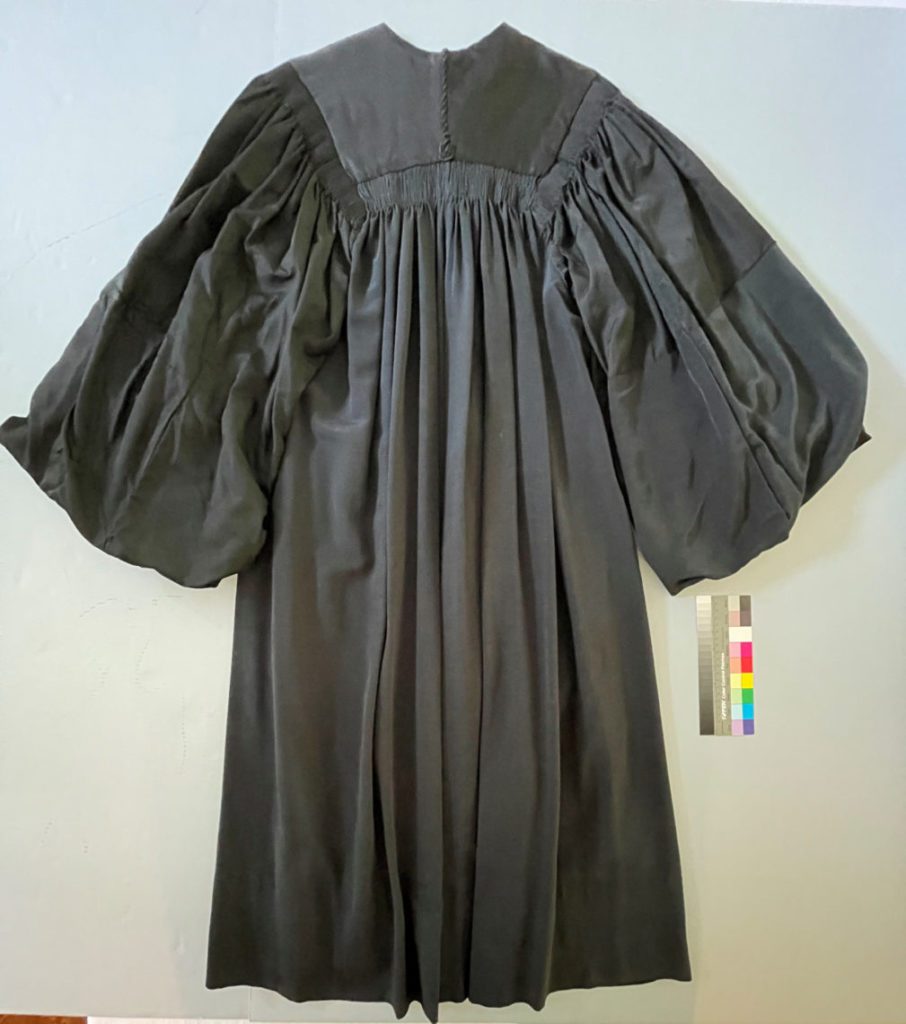
As a product of single sex schooling (Miss Porters School and Barnard College) and an advocate for women’s education, I recognized myself in these students. It was not only personally gratifying to recognize myself in these students, but also an honor to host the Smith students. Our hope is to inspire the next generation by sharing our conservation hand work and enthusiasm for cultural heritage.
Thank you to professor Dr Anne Nellis Richter, who makes Caring for Textiles an annual pilgrimage.

Julia, what a pleasure to get these emails from you! I did not know you are a graduate of MPS, I graduated from there and also Smith, so reading about these Smithies was a treat. You may not remember me, but I brought several samplers to you over the years, old ones from my family, and two on behalf of the Colonial Dames. The samplers you restored for the Dames are currently on display in our historic house, the Abner Cloud House, on the C&O Canal in DC. One of those samplers was made by one of Abner Cloud’s daughters, and was donated by one of his descendants. If you’d ever like to come by and see the samplers in situ, we’d love to host you! Please keep these newsletters coming.